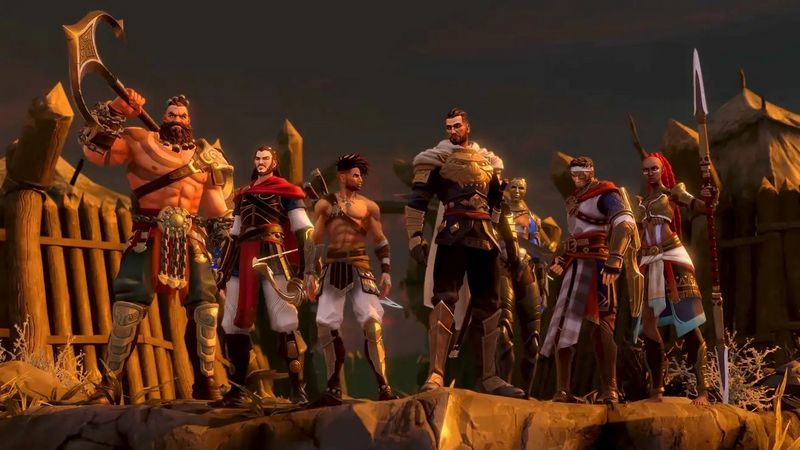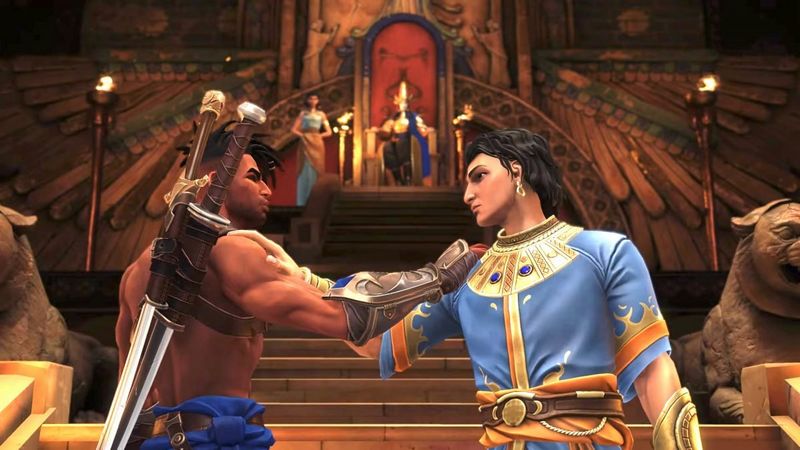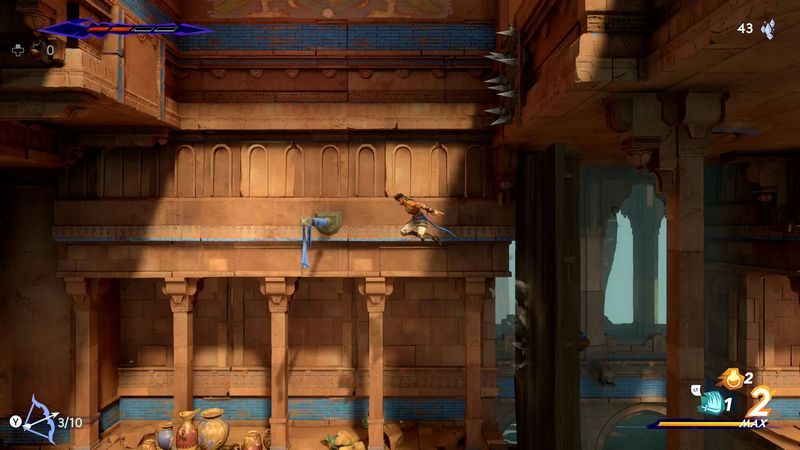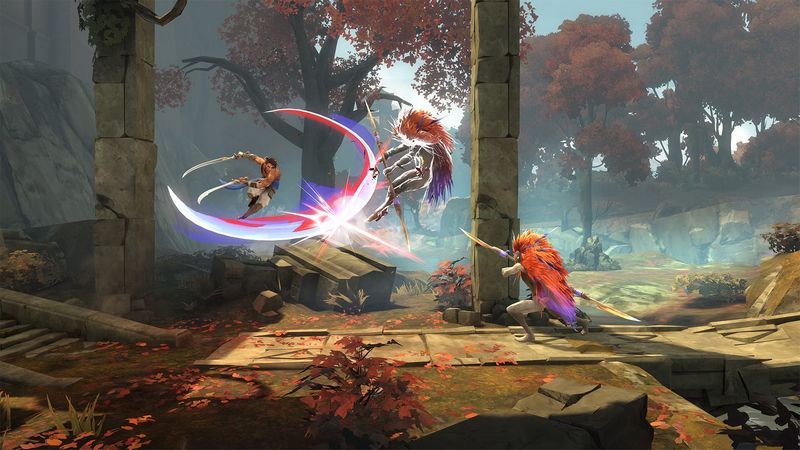Prince of Persia: The Lost Crown is certainly one of the most distinct products born at the hands of Ubisoft, a game company that has long become a villain in the eyes of players. This time, something unexpected happened. No longer a lifeless open-world game, no more endless microtransaction money-spilling features… The Lost Crown is an experience Metroidvania both pure and novel, allowing players to challenge their own skills, while also making valuable improvements to become more accessible to newcomers.

Metroidvanias are often associated with difficulty and require high precision. That means they have never been games for everyone. A combination of the Castlevania and Metroid games of the 80s, they require patience and persistence, as well as quick reflexes and a good memory to get through. With The Lost Crown, developer Ubisoft Montpellier proves that Metroidvania can reach a wider audience without compromising the genre’s character. With the ability to skip some annoying platforming areas, the game becomes easier to breathe while still retaining the genre’s unique character.
Prince of Persia: The Lost Crown follows Sargon, a young soldier of the elite warrior clan The Immortals. The group was tasked with ensuring that Prince Ghassan could ascend the throne. Things quickly go wrong when the young prince is kidnapped and taken to Mount Qaf, a city cursed by a chaotic time loop. With his twin swords and the help of other members of The Immortals, Sargon must save Ghassan and break the curse of Mount Qaf.

The beginning of the story is quite slow, but interesting details will gradually be revealed as the player progresses. Accessing the secrets of the throne and the prince’s lineage, the betrayals, or the expectations of the people of Mount Qaf, players will gradually immerse themselves in the world of The Lost Crown and feel satisfied when The credits line appears. The game does not have a long playing time, about 20 hours or so depending on the gamer’s proficiency, but that is enough for a quality Metroidvania game.
The combat and exploration system of Prince of Persia: The Lost Crown scores a lot of points in the eyes of players. The game features dangerous platforming levels, with interconnected areas, hidden secrets, upgradeable equipment, time-bending powers to solve mysteries… It’s all will be opened slowly to avoid “overwhelming” gamers. The advice is that players should pay attention to the tempo and take full advantage of the powers they have just unlocked to have an easier experience.

Combat, especially boss fights, is where Prince of Persia: The Lost Crown shines. Enemies range from agile to tough, but are all difficult in their own way. The mobs are always actively attacking, making every encounter require concentration. Most boss battles are solo battles (thank goodness), with each Boss having its own mechanics that players need to understand to be able to overcome. Some are really challenging, but the well-designed checkpoint system keeps revenge within reach.
Another highlight of The Lost Crown is the freedom in experience. For experienced players, you can wholeheartedly discover every secret, reach every corner, and collect every item. As for new players, the game also has a tutorial system to help make everything easier. A good approach to the Metroidvania difficulty barrier isn’t too far away.

The game’s graphic style is also a big plus, giving players beautiful scenery. From crumbling statues to overgrown caves and mountains, each area is different in interesting ways. The music in the game does its role well, but does not really make a strong impression on the writer.
Conclude
Prince of Persia: The Lost Crown is an exceptional Metroidvania that is both accessible and challenging. It’s an impressive achievement, giving this notoriously difficult game series a new direction to expand its player base. Ubisoft has had a worthwhile experiment, and if they continue to maintain this form, then maybe the players’ impression of the “game villain” will change in the future?











